When it comes to formula feeding your little one, having the right information makes all the difference. Whether you're choosing between ready-to-feed, powdered, or concentrated liquid formula, this comprehensive guide will walk you through safe preparation methods, feeding techniques, and essential tips for new families. From understanding different types of infant formula to mastering proper feeding positions, we'll help you navigate this important journey with confidence and care.
Understanding Your Formula Options
Ready-to-Feed Formula: The Convenient Choice
Ready-to-feed formula is the easiest option for busy parents, though it comes with a higher price tag. Here's what makes it special:
- Convenience: No mixing or measuring required
- Storage: Can be stored at room temperature before opening
- Shelf life: Once opened, refrigerate for up to 48 hours
How to prepare ready-to-feed formula:
- Wash your hands thoroughly
- Open the bottle and screw on the cap
- Warm to feeding temperature if desired
- Feed immediately or refrigerate for later use
Powdered Infant Formula: Budget-Friendly Option
Powdered formula is the most economical choice, but requires more preparation time and careful attention to safety:
Important safety note: Powdered formula is not sterile, so proper preparation is crucial.
Step-by-step preparation:
- Wash your hands and clean the preparation area
- Wash bottles and nipples, then boil for 10-15 minutes
- Boil water for the formula and allow to cool to about 70°C (158°F) - this takes less than 30 minutes
- Measure and pour the hot water into a feeding bottle
- Add the recommended amount of formula powder to the hot water
- Cap and shake gently or swirl
- Check the temperature on your wrist before feeding
- Feed immediately or refrigerate for up to 24 hours
Pro tip: You can prepare multiple feedings for the day at one time to save effort!
Concentrated Liquid Formula: The Middle Ground
This option requires dilution but offers a balance between convenience and cost:
Preparation steps:
- Wash your hands and clean the preparation area
- Measure water into a feeding bottle or measuring cup
- Add the liquid concentrate as recommended on the package
- Cap and shake well
- Check temperature and warm if needed
- Feed immediately or refrigerate for up to 48 hours
Choosing the Right Formula for Your Baby
Most infant formulas are made from cow's milk, but alternatives exist for different needs:
- Cow's milk-based formula: The standard choice for most babies
- Soy-based formula: Available for specific dietary needs
- Goat's milk formula: Another alternative option
- Special formulas: Available for babies with allergies or premature infants
Important reminder: Stay with cow's milk-based formula unless your physician recommends otherwise. Never use whole cow's milk until your infant is over 12 months of age.
Essential Feeding Techniques
The Art of Holding Your Baby
Creating a loving, secure environment during feeding time is just as important as the formula itself:
- Always hold your baby: Never prop your baby during feedings or use a bottle holder
- Position matters: Hold your baby almost upright and the bottle almost horizontal
- Why positioning helps: This prevents gravity from overwhelming your baby with too fast a flow
- Social connection: Feeding time is social time - your baby will enjoy cuddling and talking
Reading Your Baby's Cues
Watch for signs that indicate whether the flow is just right:
- Too fast: Baby may gulp, choke, or seem overwhelmed
- Too slow: Baby may seem frustrated or work very hard to get milk
Make sure to instruct anyone else who feeds your baby in these important techniques.
Safety First: Important Reminders
What NOT to Do
- Never microwave infant formula: It can create hot spots that burn your baby and degrade nutrients
- Always discard leftover milk: Any formula left in the bottle at the end of feeding should be thrown away
Potential Side Effects to Watch For
Occasionally, babies may experience:
- Constipation
- Abdominal discomfort
- Colic
If you notice these issues, discuss changing formula brands with your primary caregiver.
Making Feeding Time Special
Remember that feeding time is about more than just nutrition. It's an opportunity for:
- Eye-to-eye contact: Building that important bond
- Cuddling: Physical closeness your baby craves
- Talking: Early language development through gentle conversation
- Feeding on cue: Responding to your baby's hunger signals
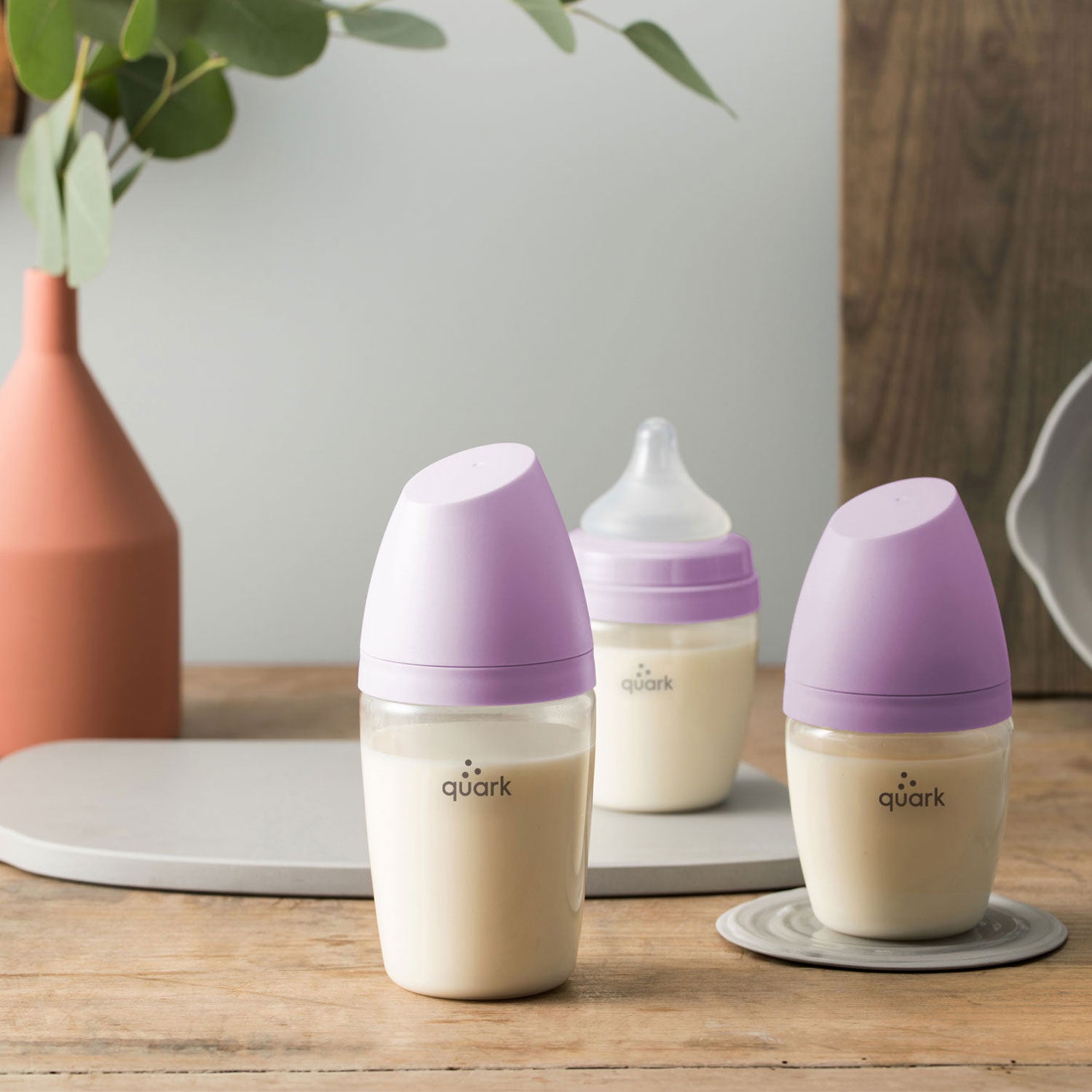
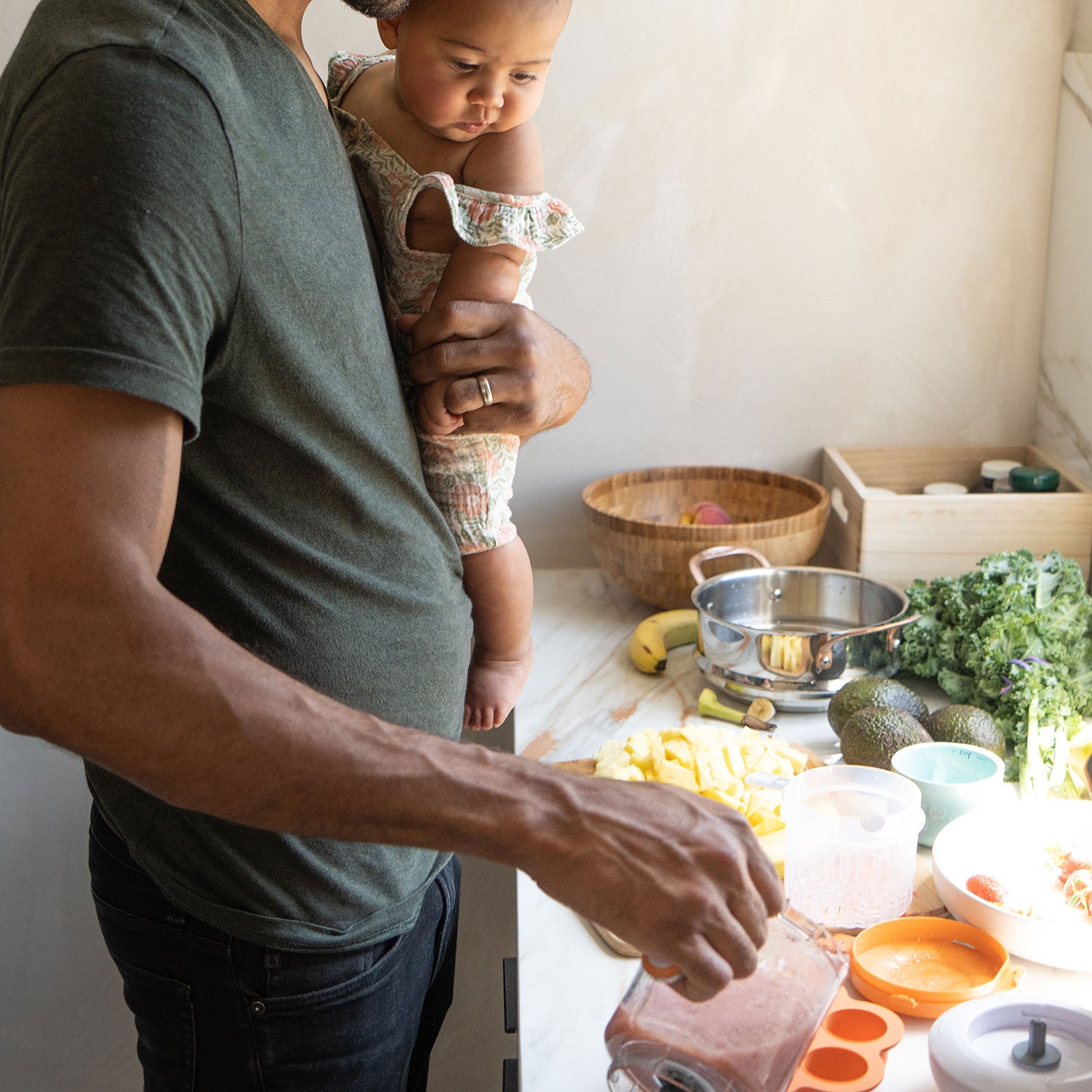

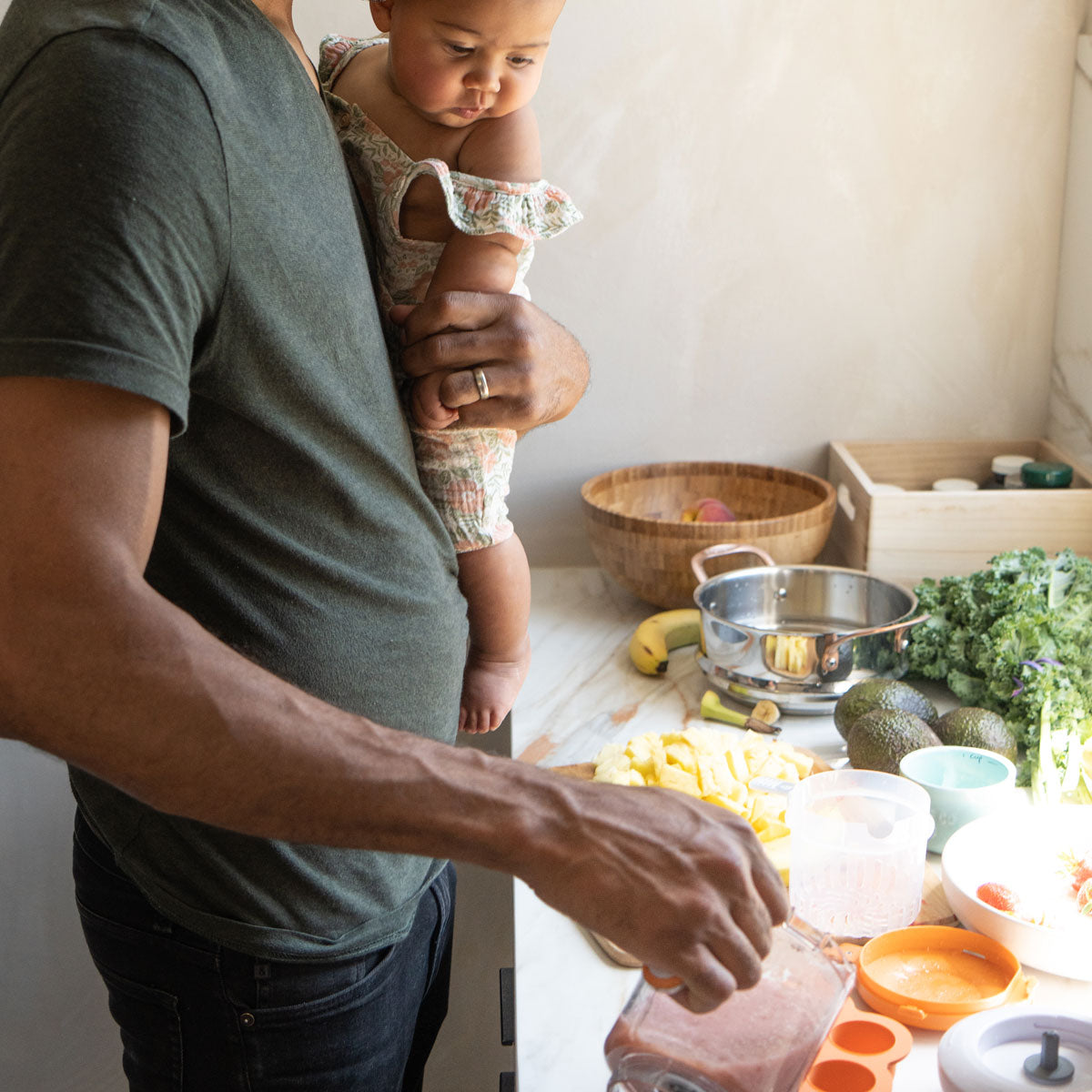
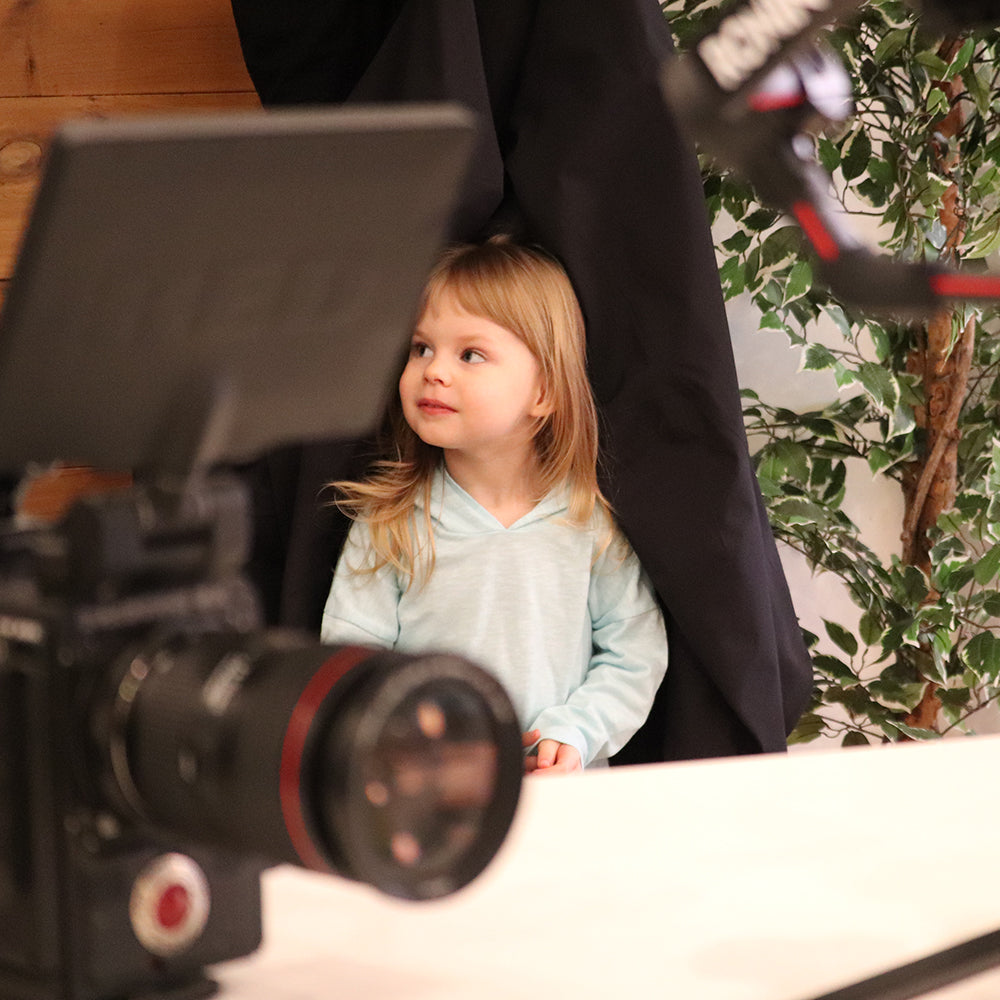
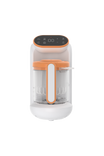
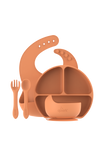
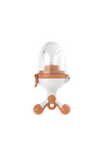
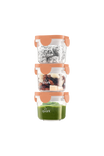
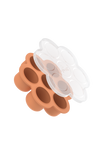
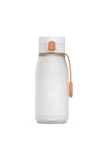
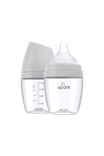
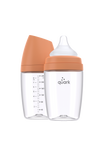
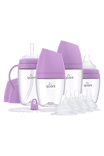
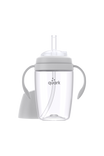
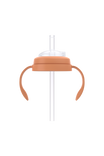
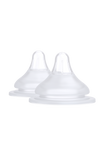
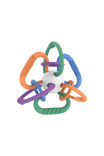
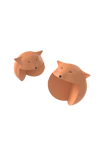

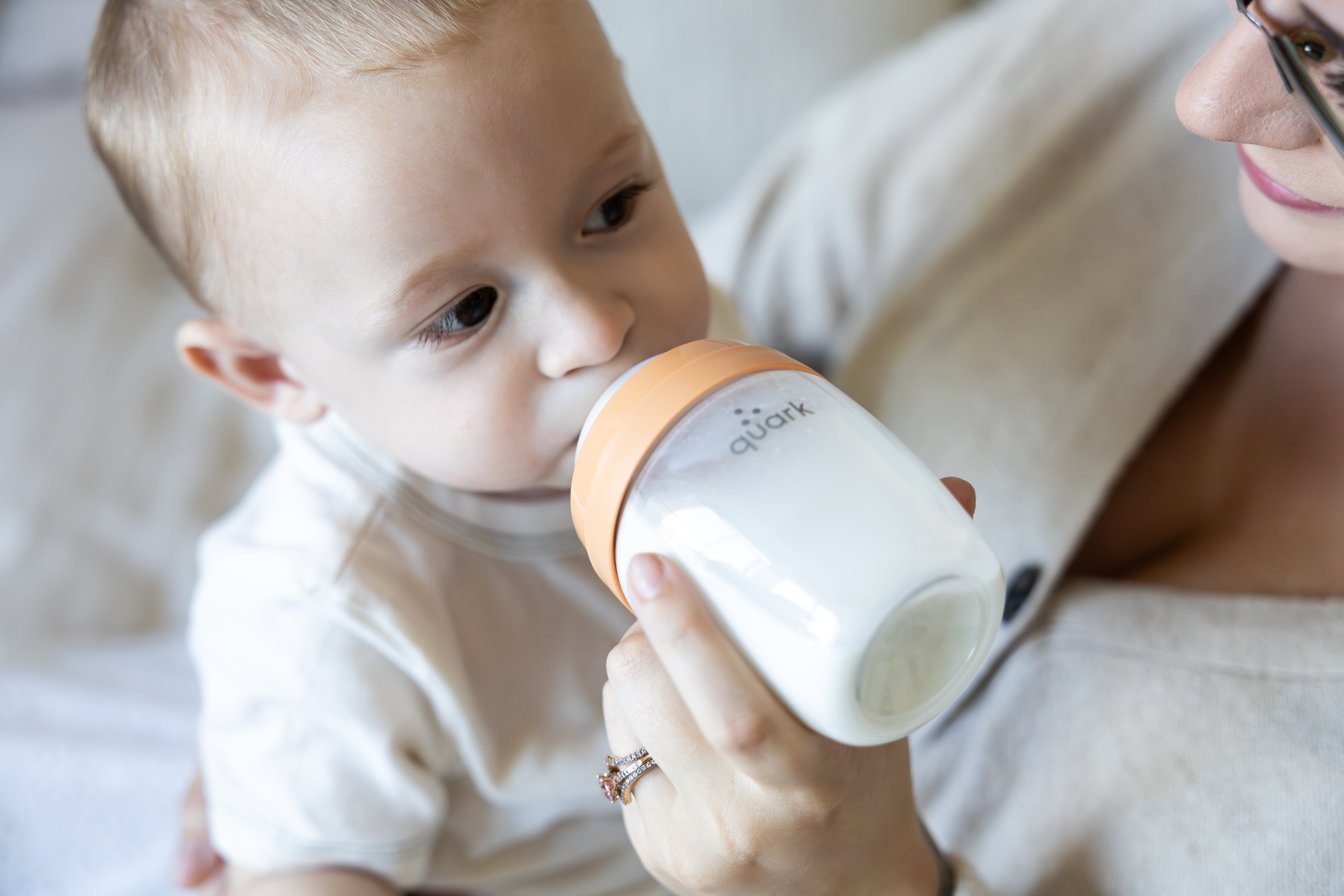
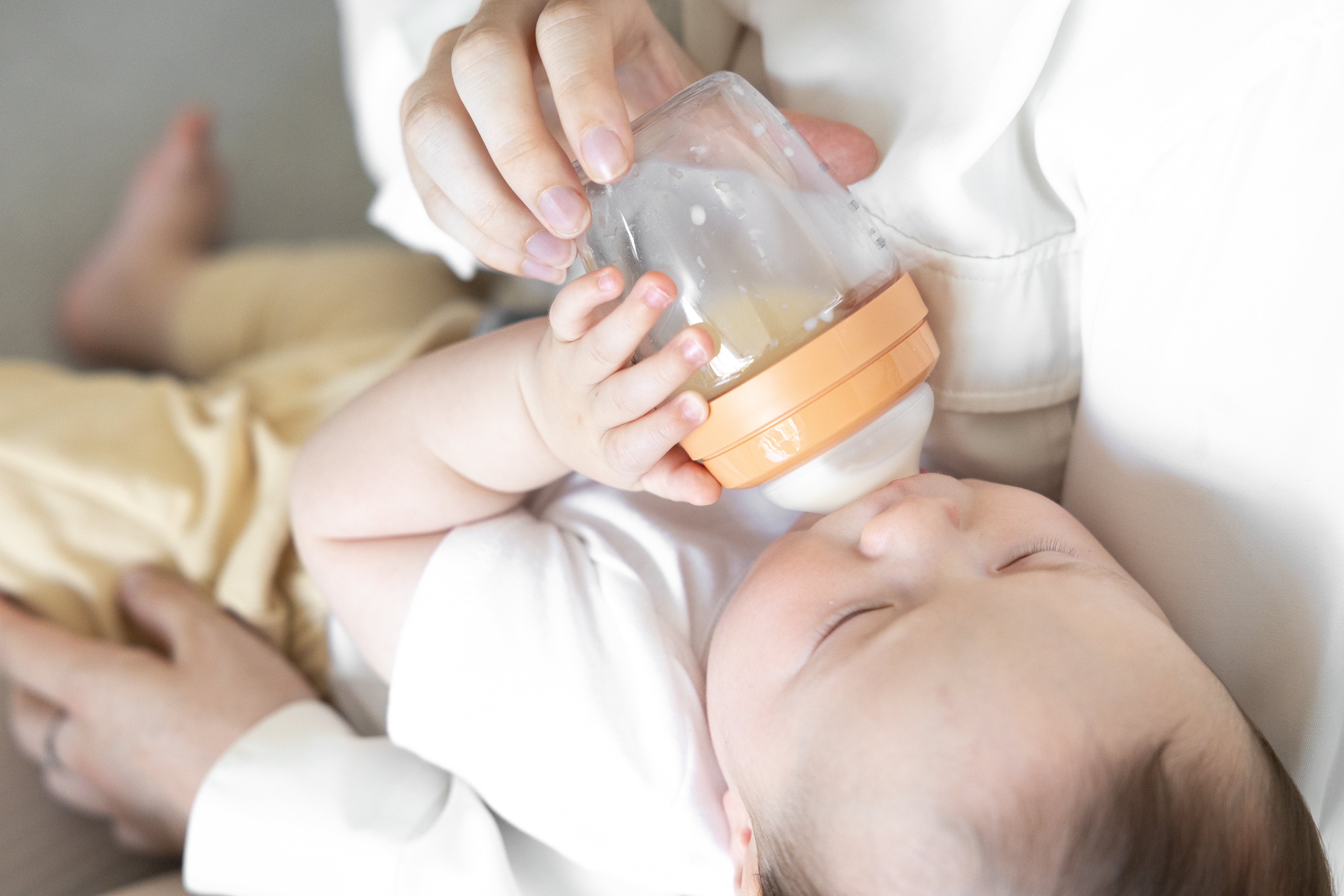
Leave a comment
All comments are moderated before being published.
This site is protected by hCaptcha and the hCaptcha Privacy Policy and Terms of Service apply.